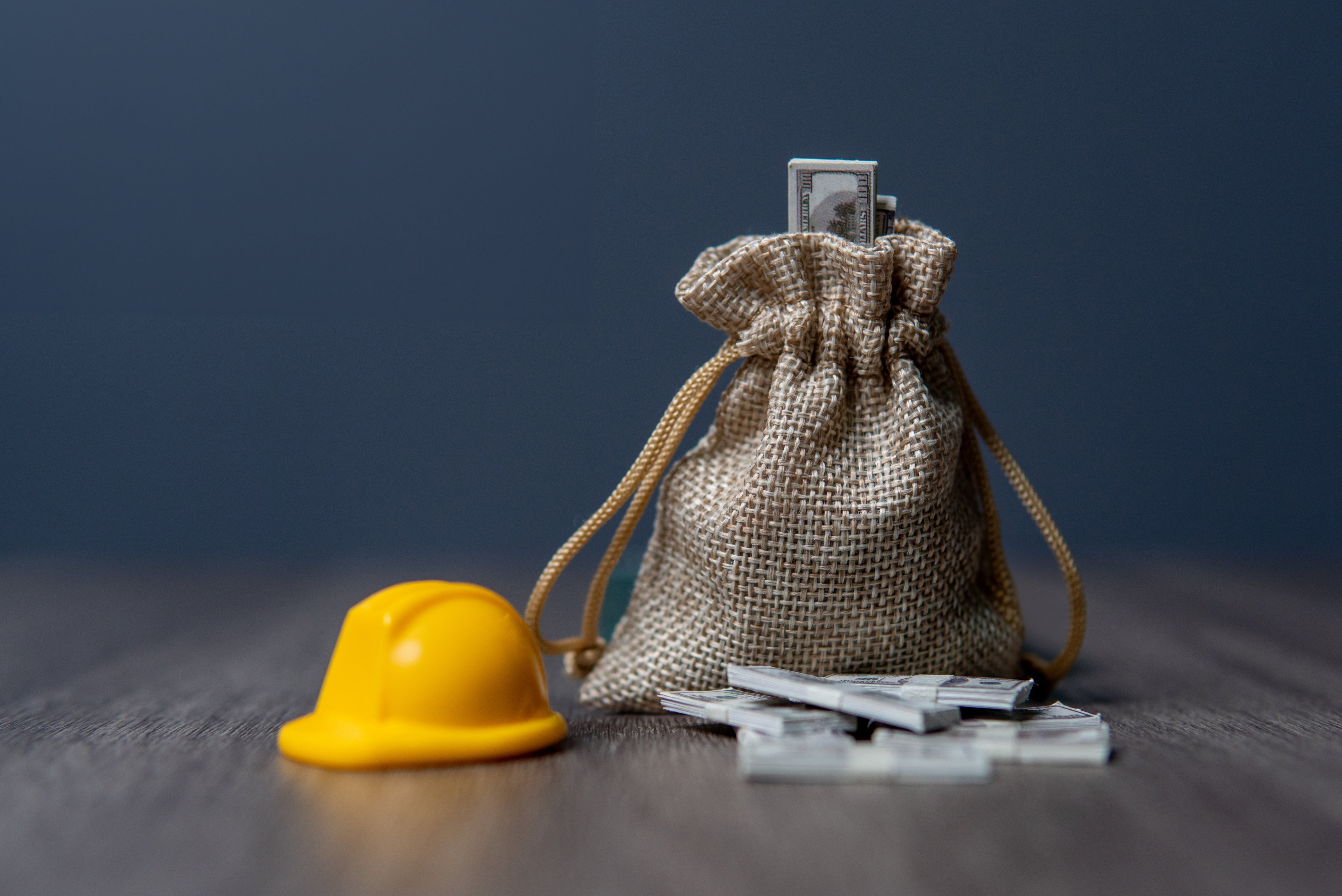Maximize Your Fox Valley Rental Income: Smart Strategies for Savvy Investors
Are you looking for smart ways to maximize what you’re earning with your Fox Valley rental property?
It’s more than just raising the rent.
To effectively increase your rental income, it’s important to focus on tenant quality, preventative maintenance, and resident experience. By providing additional value, you earn additional money.
Fox Valley offers a unique blend of a strong local economy, diverse tenant pool, and desirable neighborhoods, making it an attractive area for experienced investors who are growing a portfolio and first-time landlords who want to achieve success and profitability as soon as possible in their investment careers.
Let’s maximize your rental income with a clear strategy that balances market knowledge, operational efficiency, and proactive property management.
Our Overview:
|
Fox Valley Rental Values: Start Strong with Profitable Pricing
Think you’re going to maximize income by setting the highest possible rent?
It doesn’t work that way, unfortunately. You’ll have to be a bit more strategic.
Setting the right rental price is the foundation of long-term profitability for investment properties.
Accurate and competitive pricing ensures your property attracts quality tenants quickly, minimizes vacancy periods, and positions you for steady, market-driven rent growth over time.
Accurate Pricing Matters
When a rental is priced too high, it tends to remain vacant on the market longer than an owner would like. Extended vacancies can quickly eat into annual revenue and may force you to make costly concessions just to fill the space.
That doesn’t mean you should lowball your own rental. This may get you a tenant faster, but you’ll leave money on the table month after month, and that’s no way to maximize your rental income. Even a $100 difference in monthly rent adds up to $1,200 in lost income each year per property.
An accurate rental rate reflects the current market while taking into account your property’s unique features, location, and amenities. This balance attracts qualified tenants who are willing and able to pay fair market value, which reduces the likelihood of rent disputes or early move-outs.
Competitive Pricing: Standing Out in the Market
The Fox Valley rental market is competitive, and renters today have more access to information than ever before. Prospective tenants are comparing multiple listings side-by-side before deciding which to see, and a competitively priced property immediately stands out. That’s the property that attracts more interest, generates more applications, and gives you the advantage of selecting the best tenant from a larger pool.
By pricing your property with the help of a property manager, you’ll get a recommendation that considers competing properties in the area, seasonal demand shifts, and the unique benefits your property offers. A professional rental market analysis (RMA) can help pinpoint that ideal rate.
The Long-Term Value of Starting at the Right Price
One of the often-overlooked benefits of setting the correct rental rate at the beginning of a tenancy is how it impacts future renewals. Tenants tend to accept modest, market-driven rent increases during renewal periods, especially if they feel they started at a fair rate and have had a good rental experience.
If you begin too high, you may struggle to justify increases later without risking turnover. If you start too low, your increases might feel steep to the tenant, even if they are simply catching up to market rates.
Both scenarios create turnover risk. Starting with a well-researched, fair price gives you a stable baseline that allows for gradual increases aligned with market trends, preserving tenant satisfaction while boosting long-term income.
Establishing the right rate from day one allows you to set the foundation for maximized rental income for the life of your tenancy.
Avoid the Expense of Unqualified Tenants: Screen Better
 Boosting profitability isn’t just about the property itself, but also who you rent it to. Well-qualified tenants contribute to stable, profitable rental income. They pay on time, respect your property, and follow the lease terms, all of which allow for steady income and fewer costs.
Boosting profitability isn’t just about the property itself, but also who you rent it to. Well-qualified tenants contribute to stable, profitable rental income. They pay on time, respect your property, and follow the lease terms, all of which allow for steady income and fewer costs.
Finding the right tenant starts with a thorough and consistent screening process. You’ll want to do more than collect an application and run a credit check. Strong tenant screening includes checking credit history, verifying employment and income, reviewing rental history, and conducting background checks.
Screening may take a little more time upfront, but it’s one of the smartest investments you can make in the future of your rental property. A tenant who meets your qualifications is more likely to pay rent reliably, care for your property, and stay for the full term of the lease. Usually even longer.
Reduce the Risk of Eviction Earn More Money Evictions are expensive, time-consuming, and stressful for both landlords and tenants. Between lost rent, legal fees, and turnover costs, a single eviction can set your rental income back months. By renting to well-qualified tenants, you greatly reduce the likelihood of having to go through this process. Strong screening helps identify applicants with a history of paying rent on time and meeting lease obligations, which translates to fewer eviction risks. | Minimize Late Payments Save Time and Money Late rent payments disrupt cash flow and can cause ongoing stress. A tenant with steady employment, a healthy income-to-rent ratio, and a solid credit history is far less likely to fall behind. Consistent on-time payments mean you can meet your own financial obligations with ease, whether that’s paying the mortgage, covering maintenance, or setting aside reserves for future upgrades. |
Protecting Your Property from Damage Spend Less on Turnovers Your rental property is a valuable asset, and careless or destructive tenants can cause costly damage. Well-qualified tenants with positive rental histories are more likely to treat your property with respect, follow maintenance guidelines, and report issues promptly before they become major problems. This helps keep repair costs down and ensures your property stays in top condition, maintaining its long-term value. | Preventing Lease Violations Avoiding Costs and Conflict From unauthorized occupants to prohibited pets, lease violations can create both legal and logistical headaches. Tenants who are properly screened and understand the lease terms are more likely to comply, which means fewer disputes and a smoother rental experience overall. |
Well-qualified tenants directly impact your bottom line. They help you avoid costly evictions, late rent, property damage, and lease violations, all while keeping your property occupied and your income steady.
By investing in a thorough tenant screening process, you’re not just choosing who lives in your property, you’re choosing stability, profitability, and peace of mind. Make sure your tenant screening systems are rigorous, thorough, and consistent. It matters for your money.
Just Say No to Expensive Maintenance Emergencies.
One of the biggest controllable costs in Fox Valley rental ownership is maintenance. When handled strategically, maintenance can protect your property’s value, keep tenants happy, and prevent unexpected bills that eat into your profits. The objective is minimizing costs without cutting corners, which comes down to prevention, preparation, and partnering with the right vendors.
Avoiding Expensive Emergencies
Emergency repairs are a nightmare, logistically and financially. Not only do they disrupt your tenant’s comfort, but they’re also far more expensive than planned maintenance. A burst pipe at 2 a.m. or a broken furnace in the middle of winter often means paying higher rates for urgent service calls.
The best way to reduce emergency repairs is to address small issues before they become big ones.
That slow leak under the sink? It could lead to water damage, mold, and a costly cleanup if ignored.
A flickering light fixture? It might be a simple wiring issue now, but it could pose a fire hazard later.
Staying proactive saves both time and money.
The Power of Preventative Maintenance
Preventative maintenance has to be your jam, your vibe, your business. Especially if you’re trying to maximize your income.
By scheduling regular inspections and service for your property’s major systems, you extend their lifespan and reduce the risk of sudden failure. The systems that benefit the most from preventative maintenance include plumbing, HVAC, roofing, and appliances.
For example, having your HVAC system serviced twice a year can improve efficiency, lower utility costs for tenants, and prevent breakdowns during peak seasons. Cleaning gutters annually helps prevent water damage and foundation problems. Replacing worn weatherstripping keeps heating and cooling systems from overworking. These simple, planned actions cost a fraction of what an emergency repair or full replacement would.
You know this already. What’s stopping you from putting these preventative practices into place?
Maybe it’s your vendors.

Build a vendor team that you can be proud of. Make sure they’re professional, respectful experts that your tenants love to see coming.
This is a critical piece of the puzzle when it comes to putting together strategies that save money and increase income. From plumbers and electricians to landscapers and handymen, the professionals you work with can make a huge difference in both cost and quality.
Look for vendors who offer fair, transparent pricing and who understand the importance of quick response times in the rental industry. Building long-term relationships often leads to better rates and priority service when you need it most. You should also have backup vendors in case your first choice is unavailable. Working with trusted vendors also means you won’t have to scramble to find help during a crisis, which can lead to hasty (and more expensive) decisions. |
Minimizing maintenance costs doesn’t mean neglecting your property. It means the exact opposite.
A lot of the property owners we meet think they’re doing a good job of maintaining their property. But, there is always room for managing repairs in a way that’s smarter and more cost-effective. By focusing on preventative maintenance, catching problems early, and partnering with the right vendors, you can avoid expensive emergencies, maintain tenant satisfaction, and protect your investment’s value.
In the long run, a well-maintained property is more profitable, easier to manage, and more appealing to the quality tenants who will help you maximize your rental income year after year.
Are You Giving your Fox Valley Tenants a Reason to Renew the Lease?
You don’t have to be a property management expert to understand the importance of avoiding vacancy.
Those unoccupied properties aren’t making any money. And it shows.
So let’s prioritize avoiding vacancies. Even more important is avoiding turnovers. Those costs add up at an alarming level. There’s the repainting and the cleaning. The landscaping touch-ups and the marketing and the screening for new tenants.
It’s better and more profitable to keep the tenants you already have in place.
How can you retain them?
Offering a free carpet cleaning or a new appliance at renewal time is easy enough, but let’s be more proactive. Let’s create a fantastic tenant experience from the moment those residents move in. That way, retention is all but guaranteed.
Allow pets. Pet-friendly rentals are in high demand, which means your property is more likely to rent quickly and stay occupied. Owners can often charge slightly higher monthly rent to offset the additional wear and tear, as well as collect non-refundable pet fees or refundable pet deposits. These additional charges add directly to your bottom line while still offering tenants a valuable option. Pet-friendly policies also expand your tenant pool, attracting more applicants and giving you a better chance of finding well-qualified renters. In many cases, pet owners are willing to stay longer because they know finding another pet-friendly rental can be challenging. Allowing pets can create happier tenants and higher, more consistent income for property owners. |
Provide convenience. Online rental payments, for example, can create a sense of ease and simplicity that tenants appreciate. How many people even carry a checkbook anymore? Online maintenance requests are equally as popular. Tenants don’t have to chase you down in order to tell you about a leak or a screen that has a hole. They can simply send a message and even attach a photo. |
Offer services that add value and allow you to collect more money every month. Valet trash collection, for example, is popular with residents, and it can provide ancillary income for owners, increasing rental income. A Resident Benefits Package that includes a myriad of service is a great way to increase the income you earn while also meeting the needs of residents, giving them a good reason to renew the lease year after year. |
Retaining tenants is one of the best ways to earn more money, but a lot of owners miss this important opportunity. Stability. Recurring income. Fewer costs. All of this is good for your profitability and your reputation.
Invest in Fox Valley Property Management for Better Rental Results

Are you still managing your own rental properties?
This might be getting in the way of your ability to earn more.
Professional property management can improve your earnings. And maybe you think it’s suspicious that a property manager would be telling you this. We’d encourage you to talk to other owners. Take a poll of the most successful real estate investors you know. They’ll tell you that they would never manage their own properties. Successful and profit-driven rental property owners are less interested in collecting rent and more interested in growing their portfolios.
Leaving the day-to-day operations to experts means less room for error and more room for growth.
Here’s how professional management is a money-earner.
Accurate, Competitive Pricing. Managers use market data to set the optimal rental rate, attracting quality tenants quickly while maximizing monthly income.
High-Quality Tenant Placement. Professional screening reduces risks of late payments, property damage, and costly evictions.
Reduced Vacancy Time. Strategic marketing and quick response to inquiries keep properties occupied and income flowing.
Efficient Rent Collection. Streamlined systems ensure on-time payments and consistent cash flow.
Cost-Effective Maintenance. Established vendor relationships secure better pricing and faster service, reducing expenses and preserving property value.
Legal and Compliance Expertise. Prevents costly mistakes with leases, notices, and landlord-tenant laws.
Tenant Retention Strategies. Good communication, timely repairs, and fair treatment encourage longer tenancies, reducing turnover costs.
Partnering with a professional property management company allows for convenience and expertise. It’s also boosting profitability and protecting your investment.
We have shared some effective strategies for increasing your rental income. Whether you’re a Fox Valley landlord with a single property for rent or an investor with a growing portfolio, these are the best guidelines to get you started.
Your profitability is also extremely personal.
Let’s talk about your unique properties and how they’re positioned in the local rental market. We can probably provide some customized suggestions for increasing your rental income and look at some way to measure the results of our ideas. Contact us at Blue Frog Property Management.







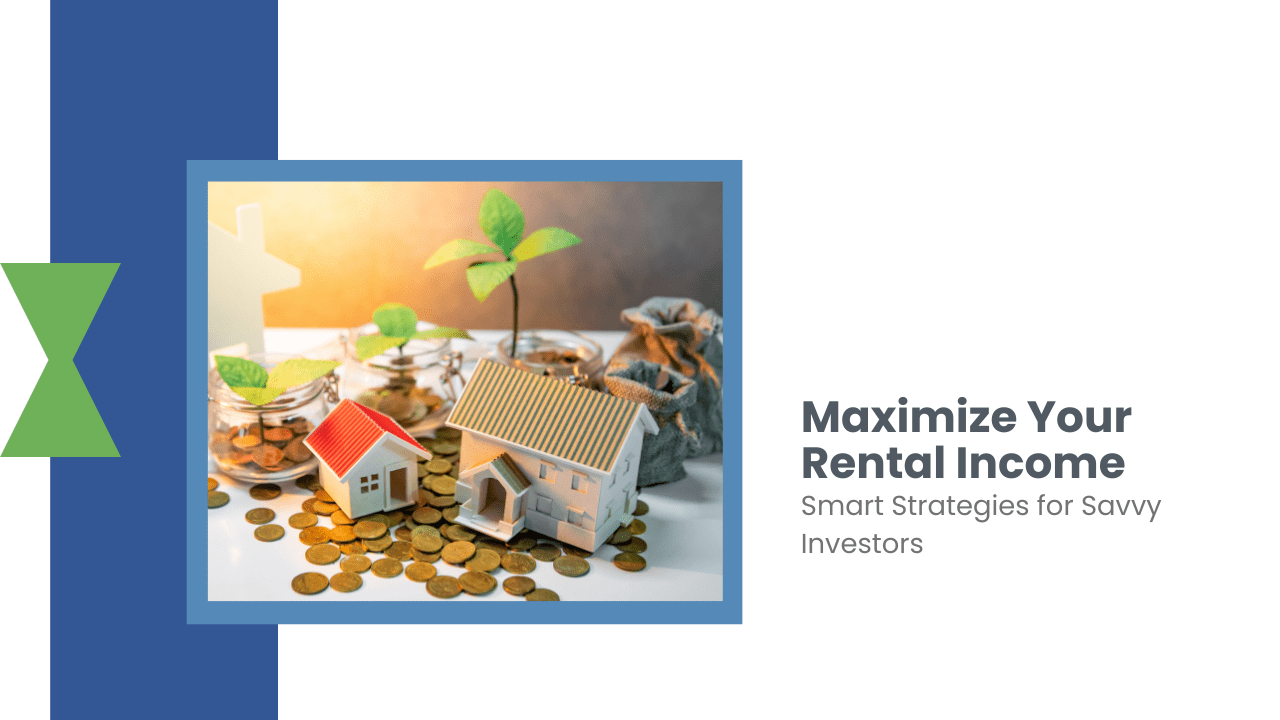
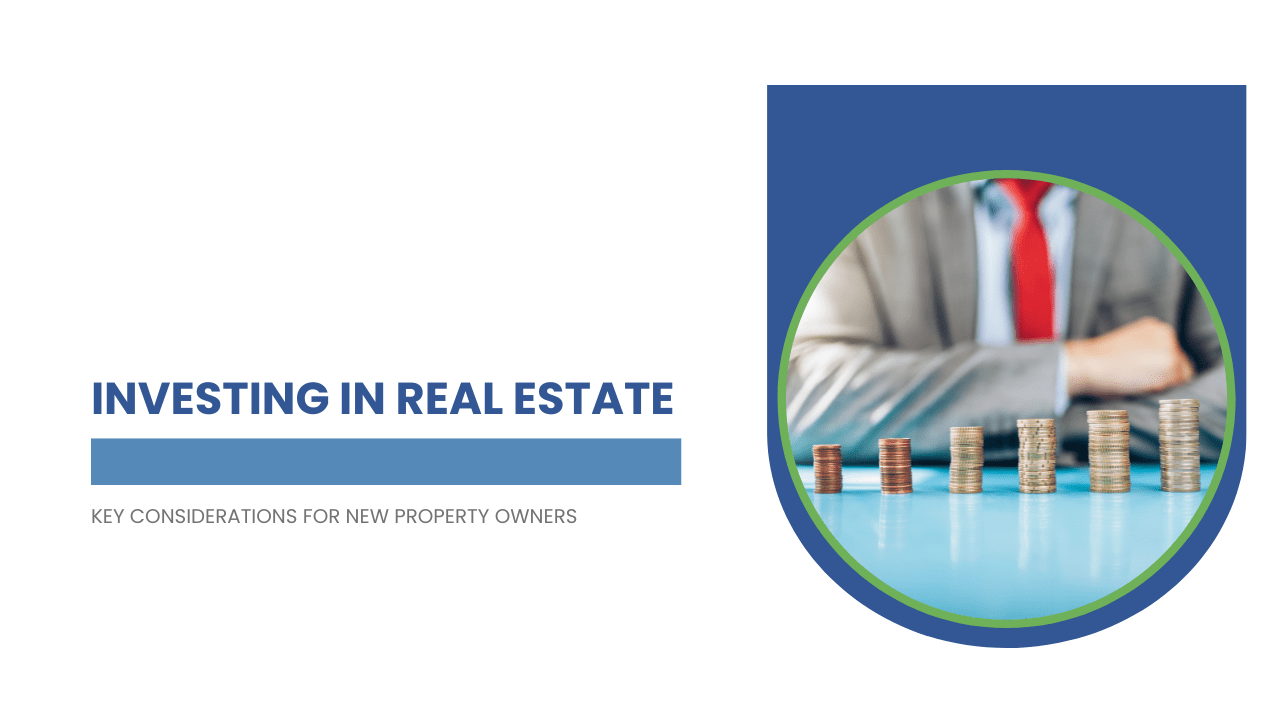
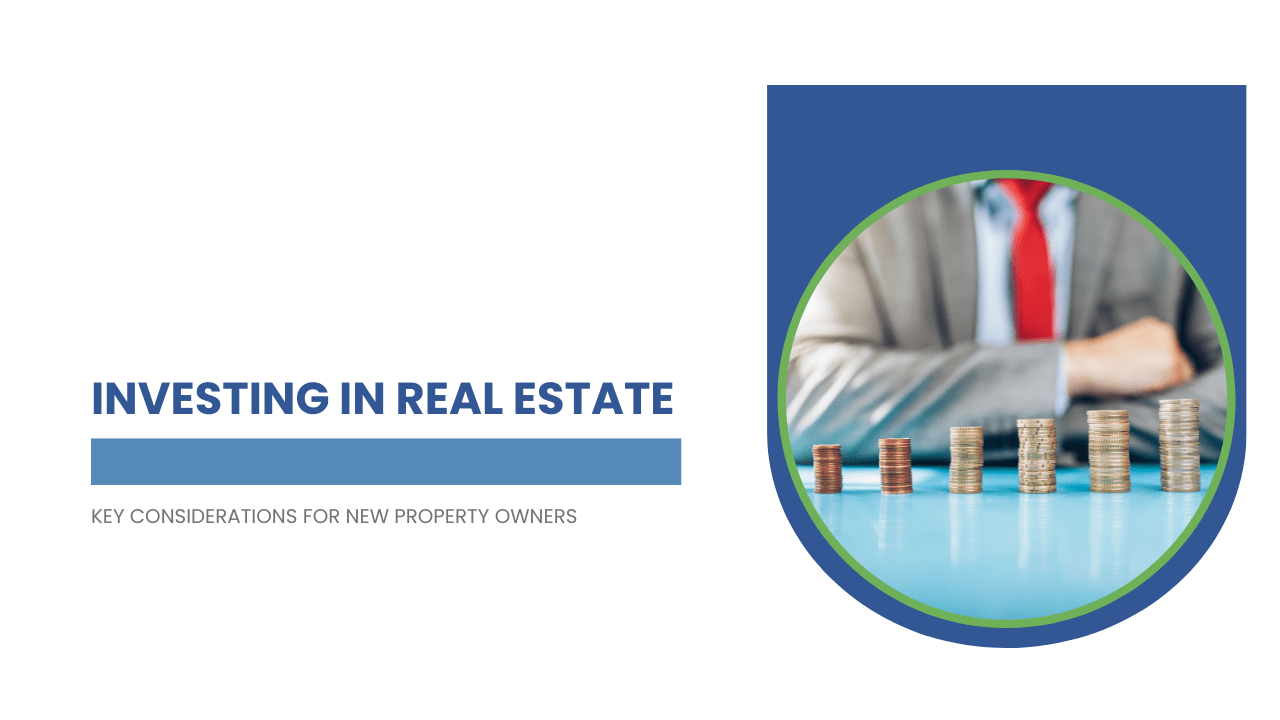

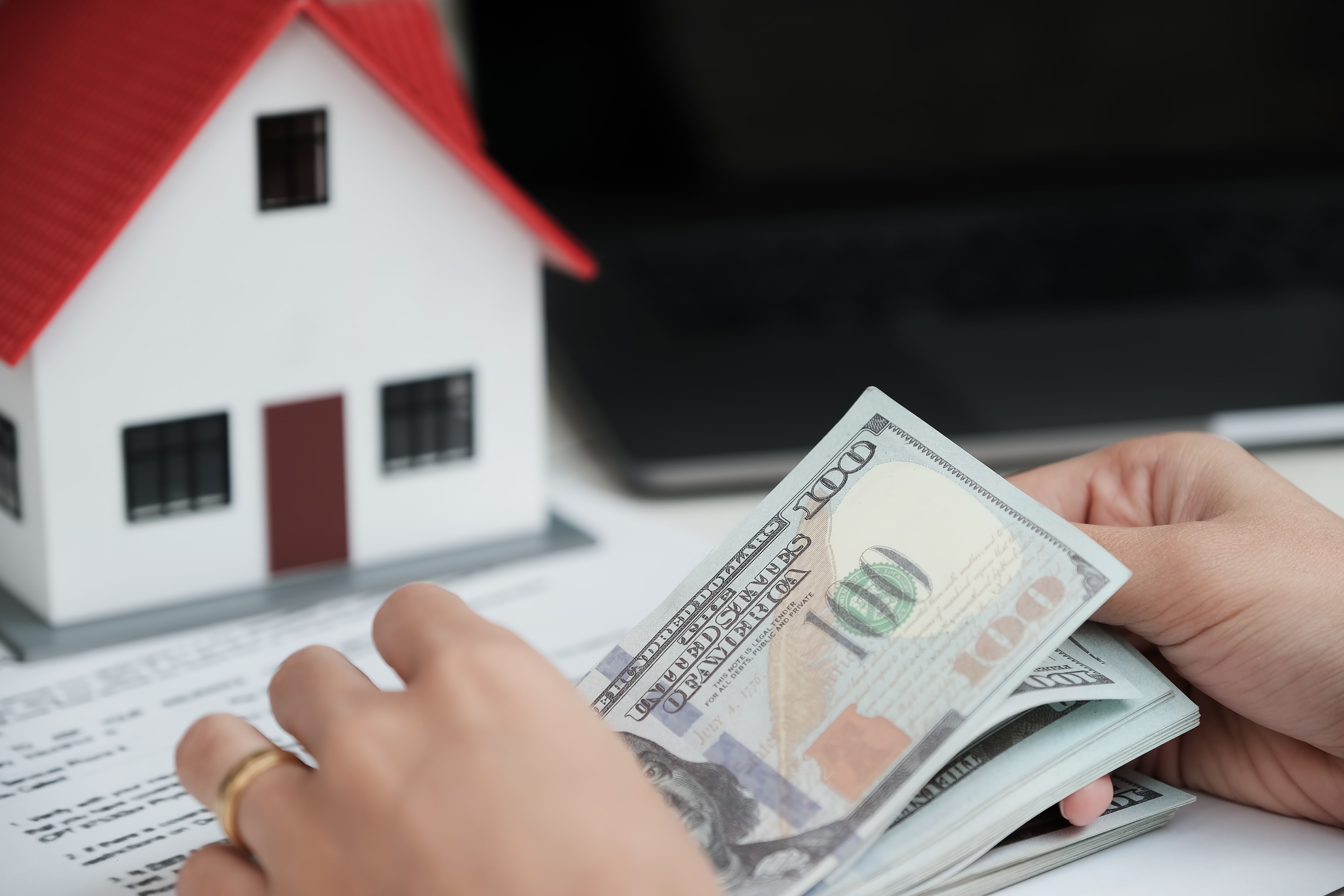 Investing in Fox Valley real estate, particularly rental homes, can create a steady stream of passive income, which is a goal for many real estate investors. We talked a bit about setting your financial goals. Here are the ways in which you can expect to earn money on your rental property.
Investing in Fox Valley real estate, particularly rental homes, can create a steady stream of passive income, which is a goal for many real estate investors. We talked a bit about setting your financial goals. Here are the ways in which you can expect to earn money on your rental property. 
 What about what happens once you’re ready to lease your home?
What about what happens once you’re ready to lease your home? 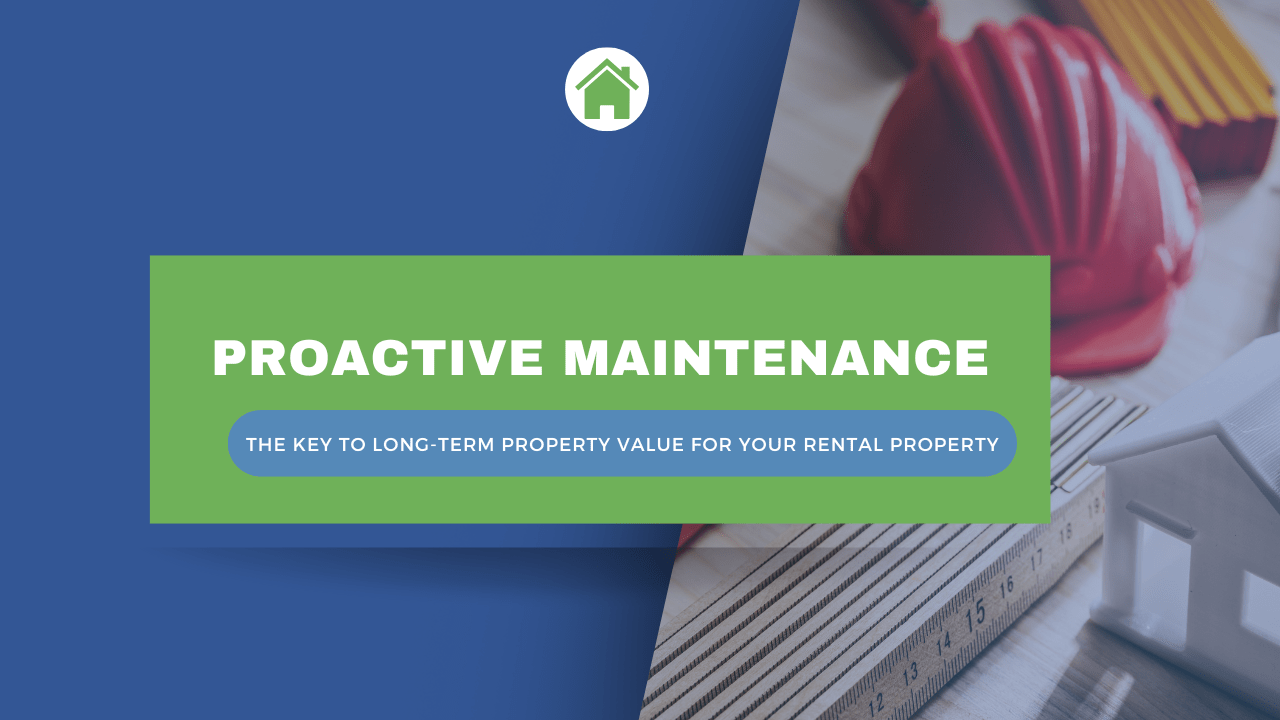
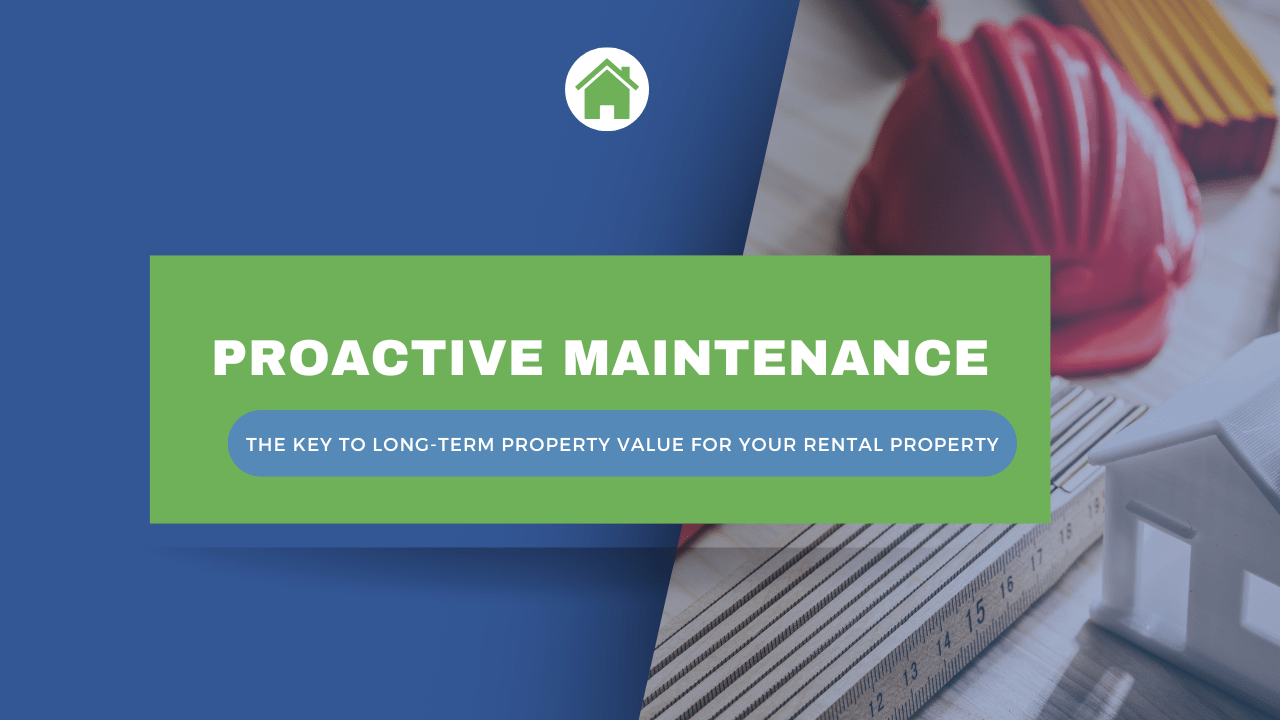
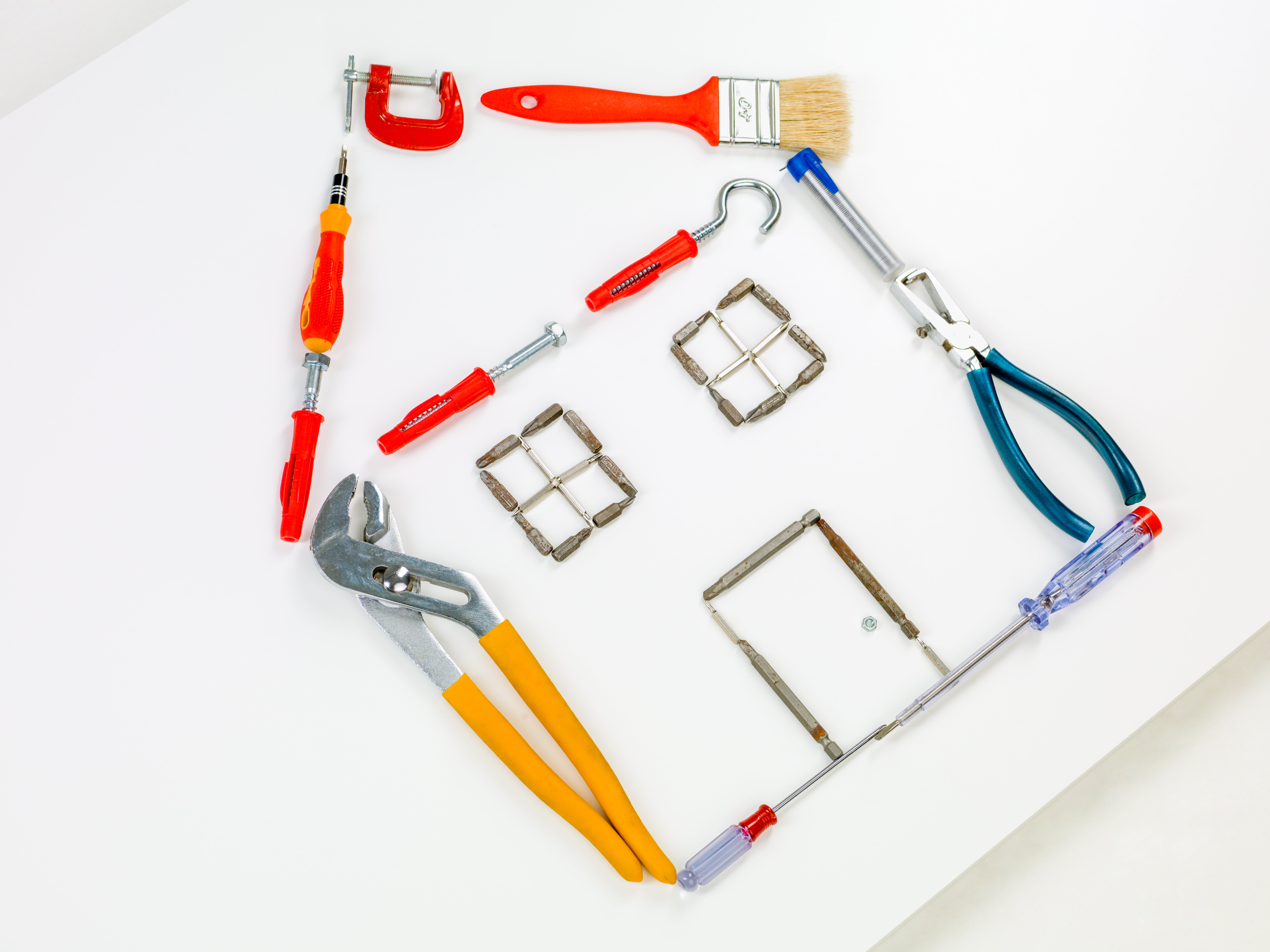
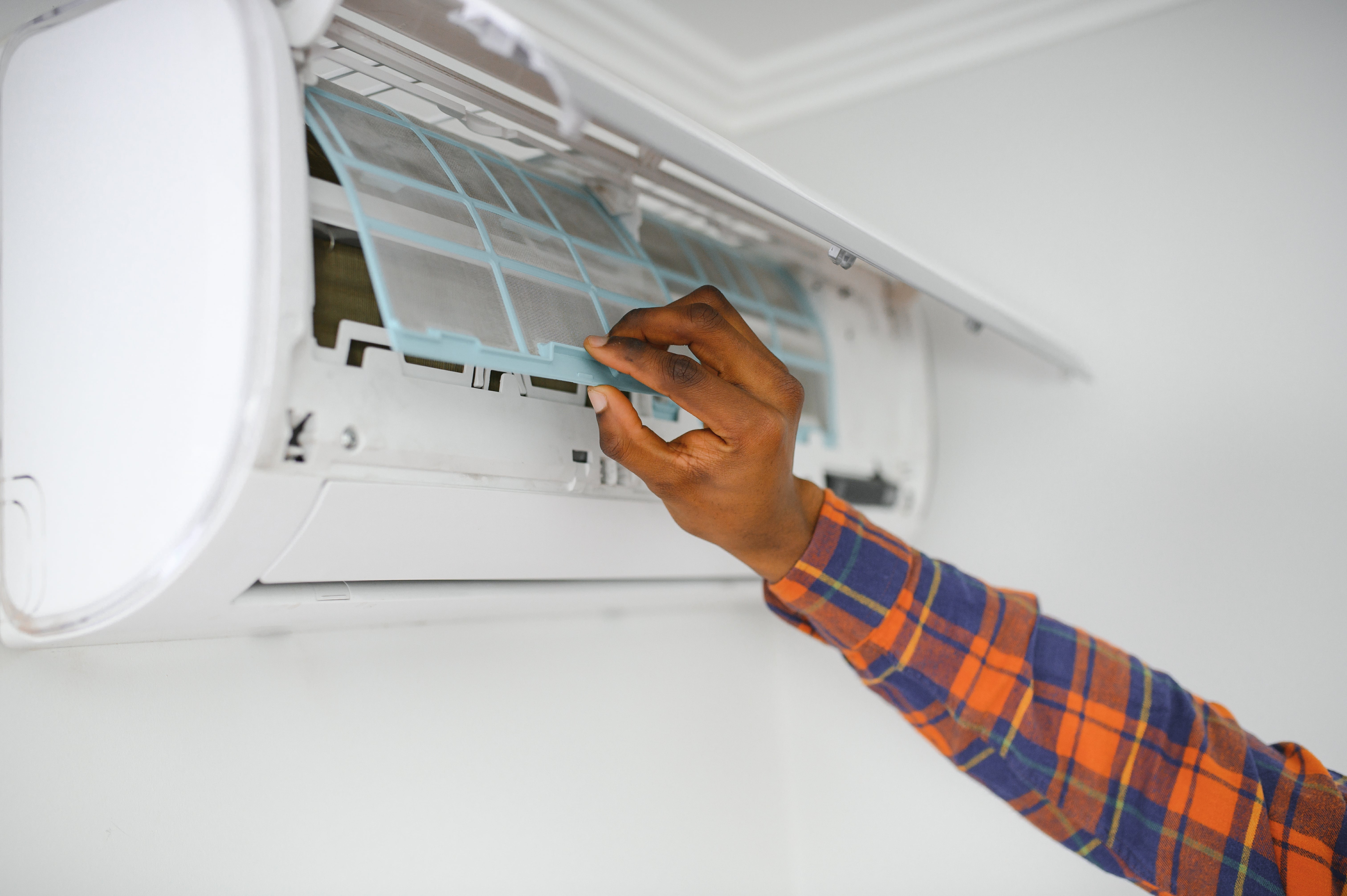 HVAC stands for Heating, Ventilation, and Air Conditioning. This is the system that provides heating and cooling to your residential and commercial buildings. Proper maintenance of this system is necessary to ensure optimal performance and longevity.
HVAC stands for Heating, Ventilation, and Air Conditioning. This is the system that provides heating and cooling to your residential and commercial buildings. Proper maintenance of this system is necessary to ensure optimal performance and longevity.

